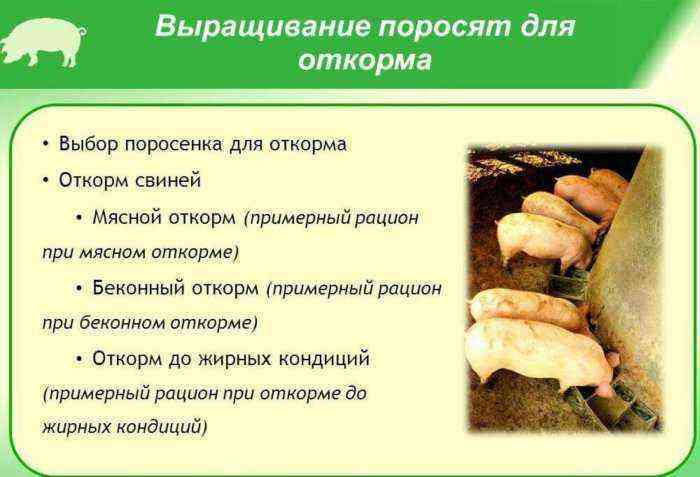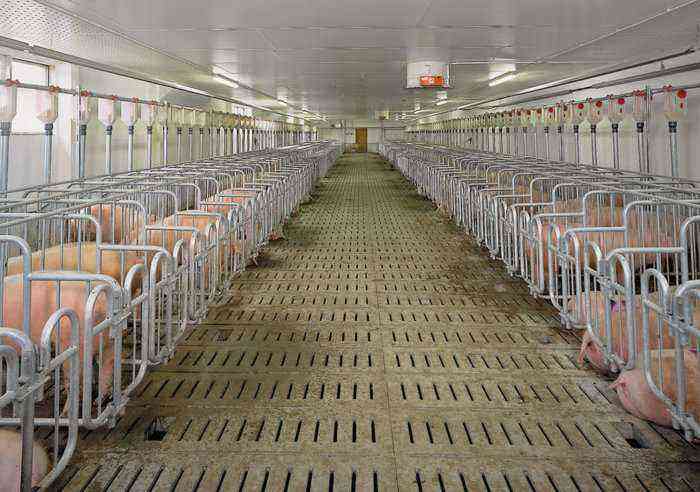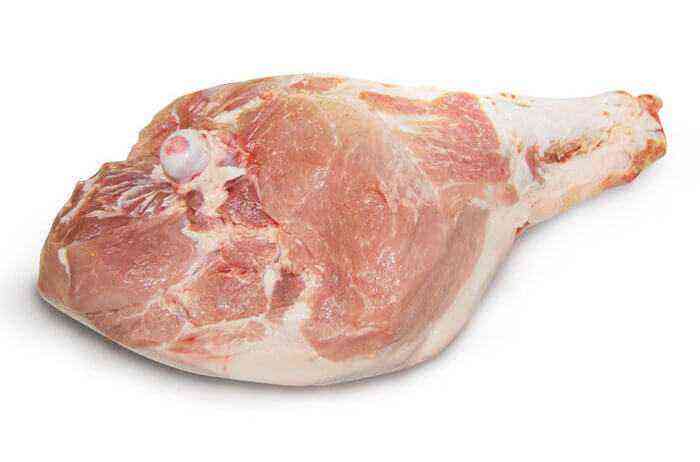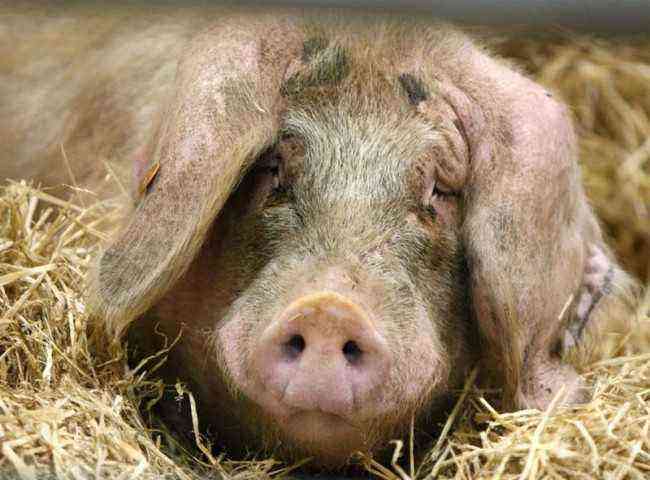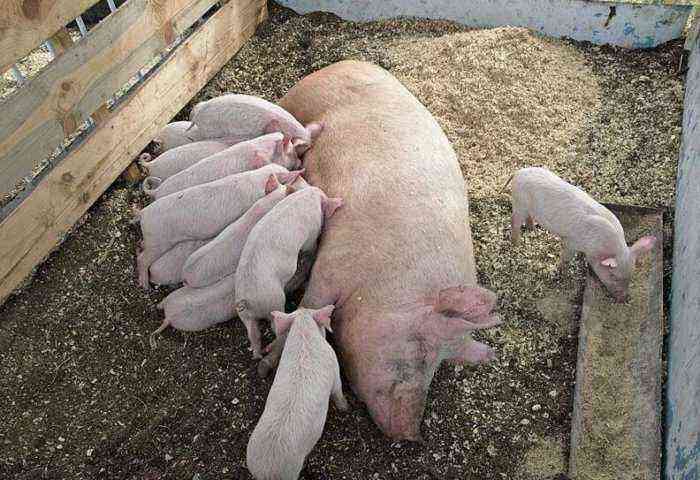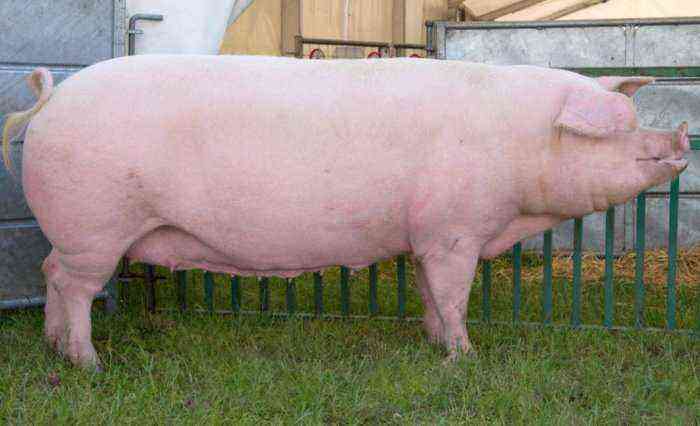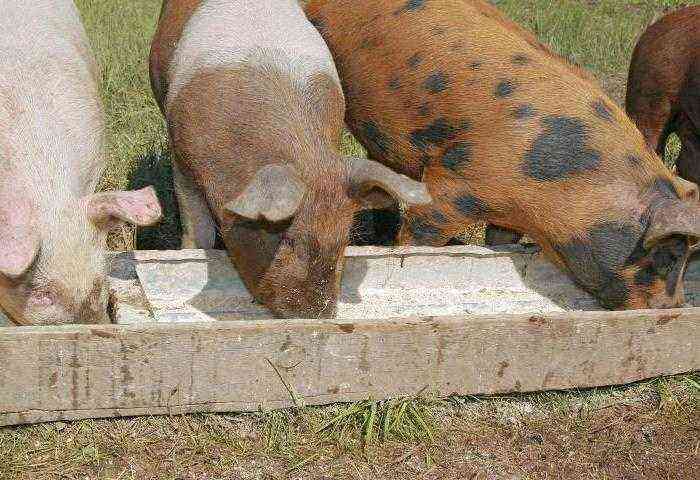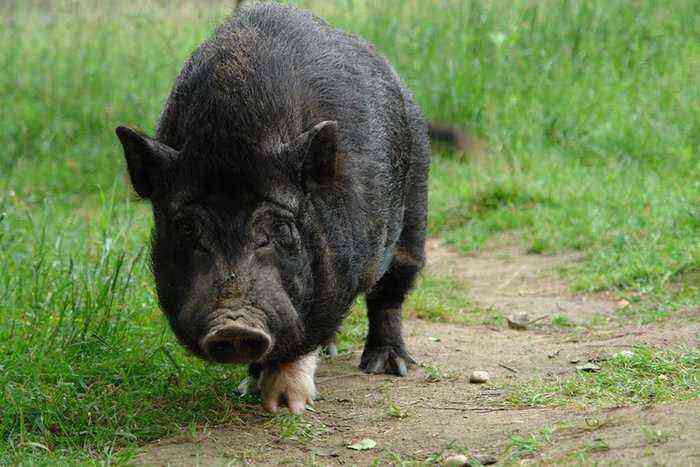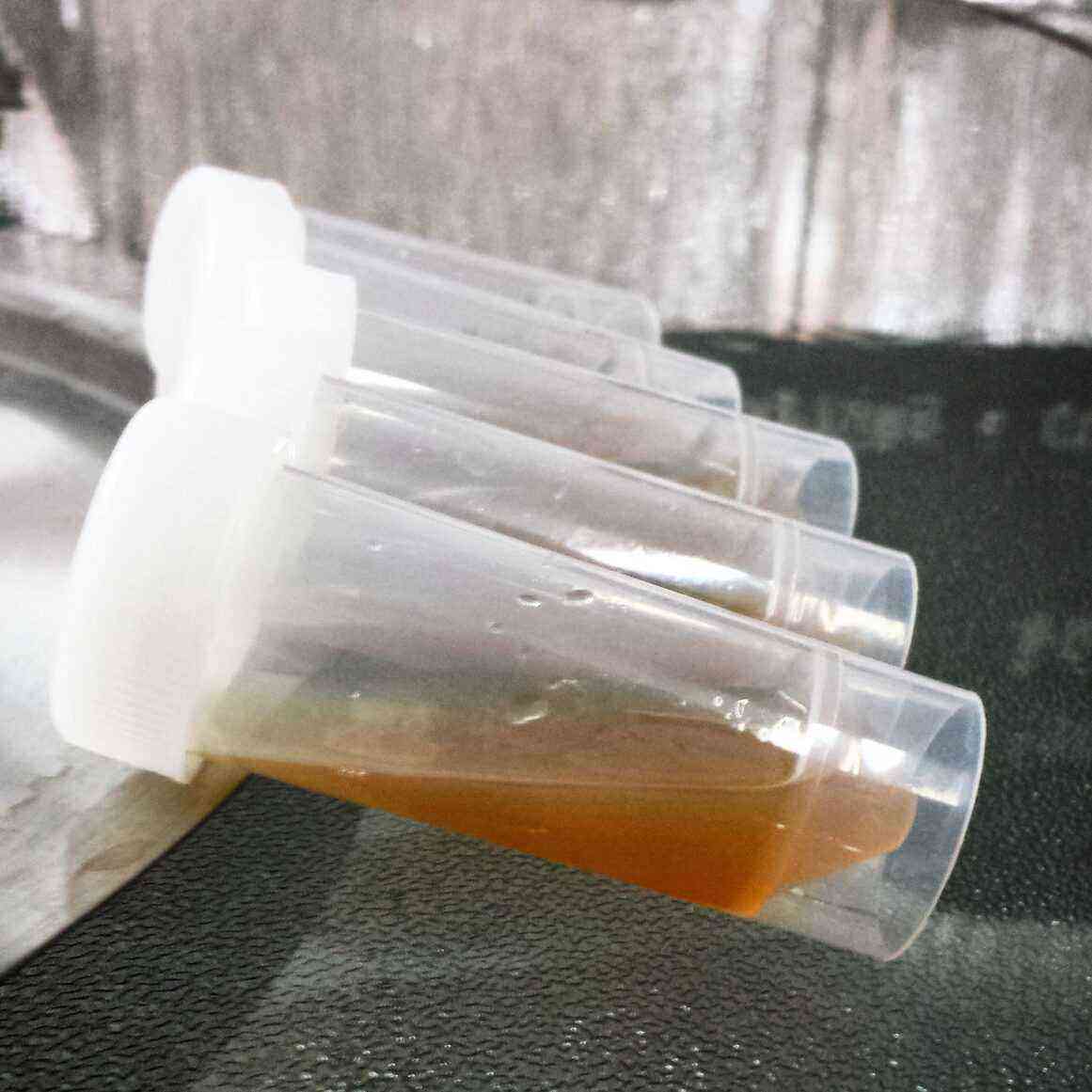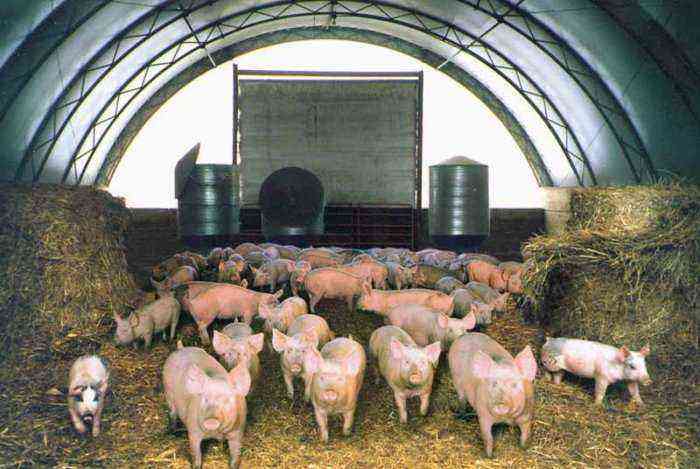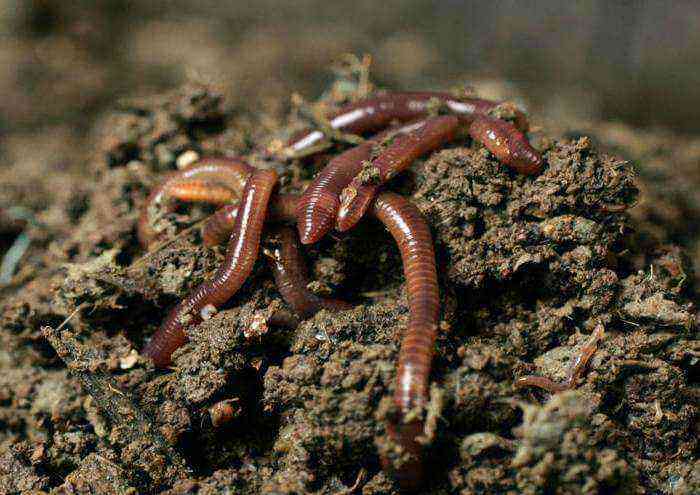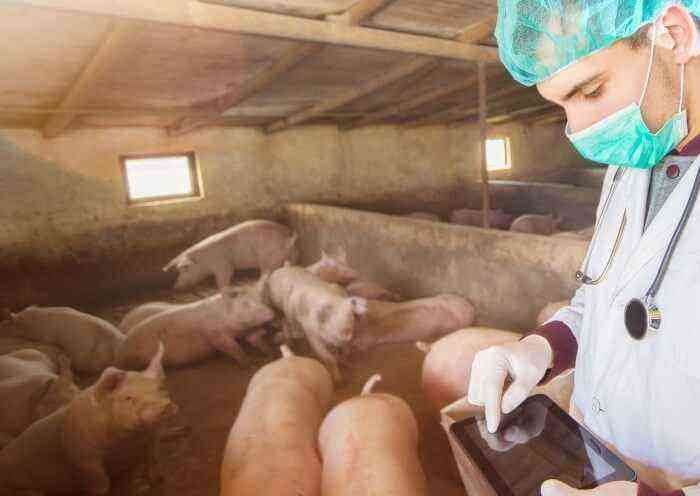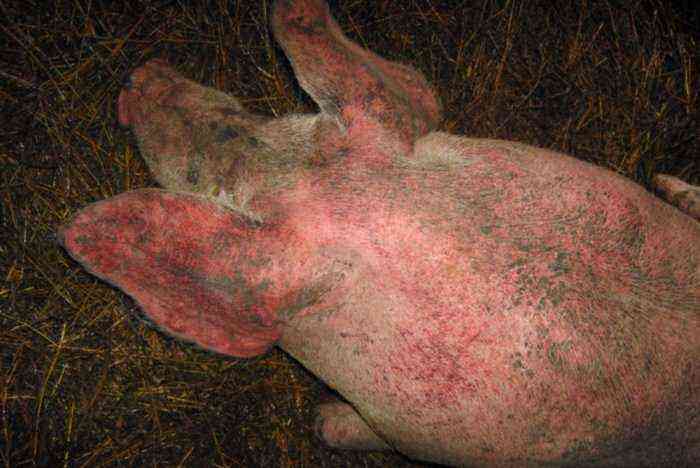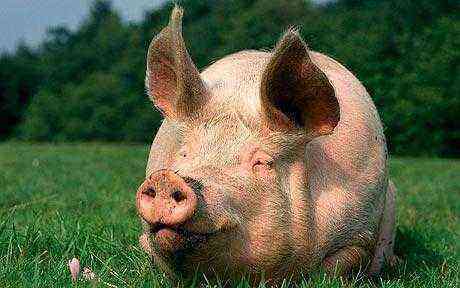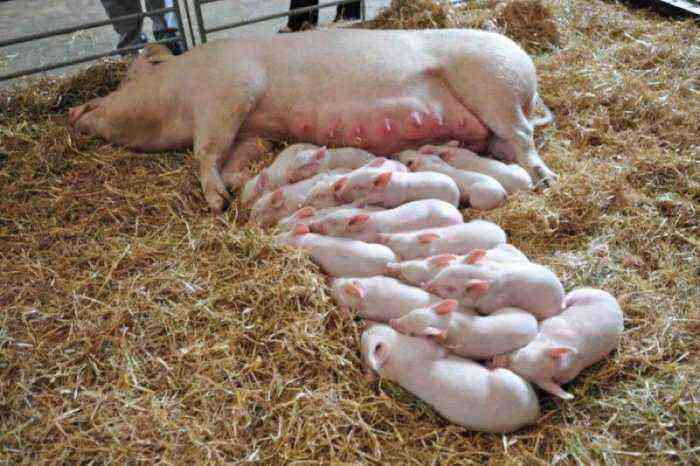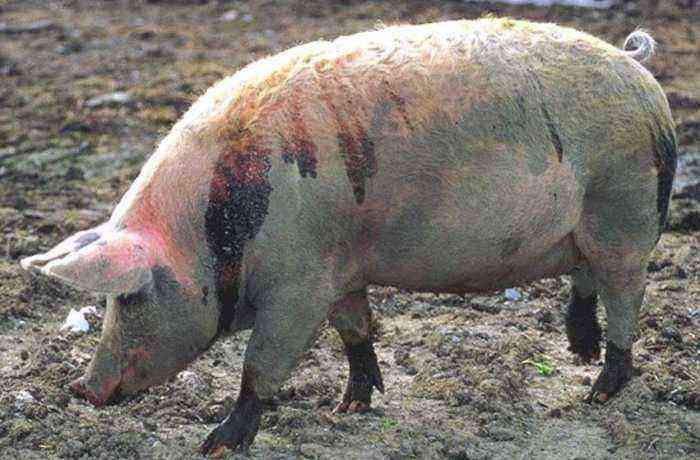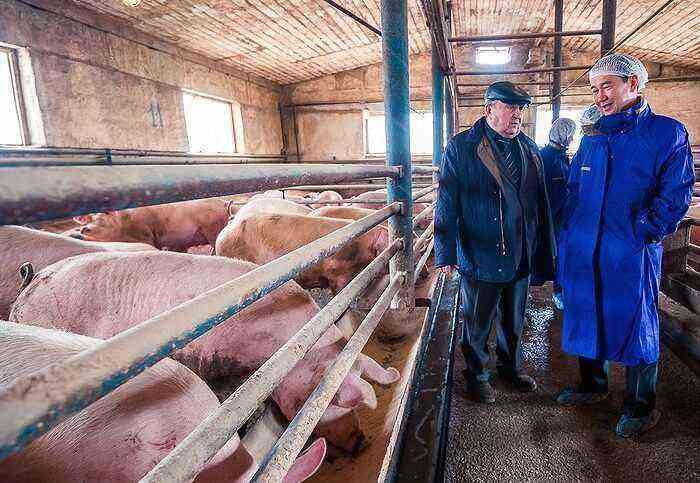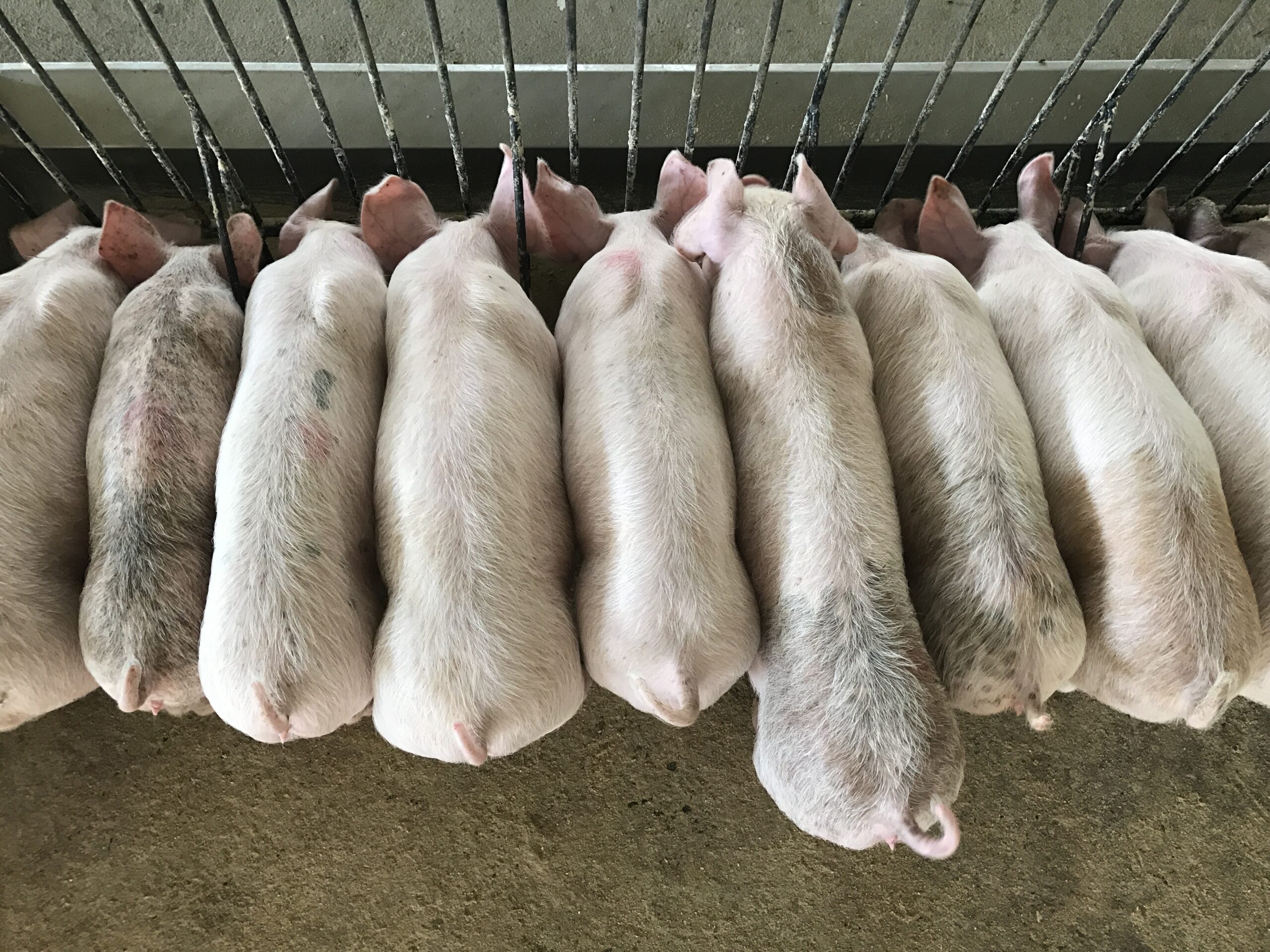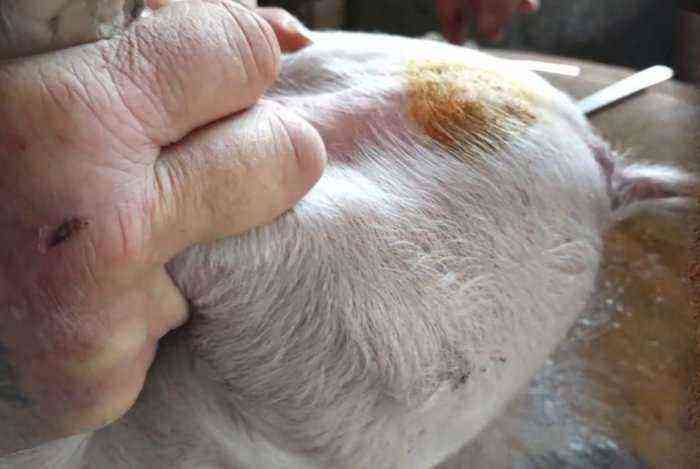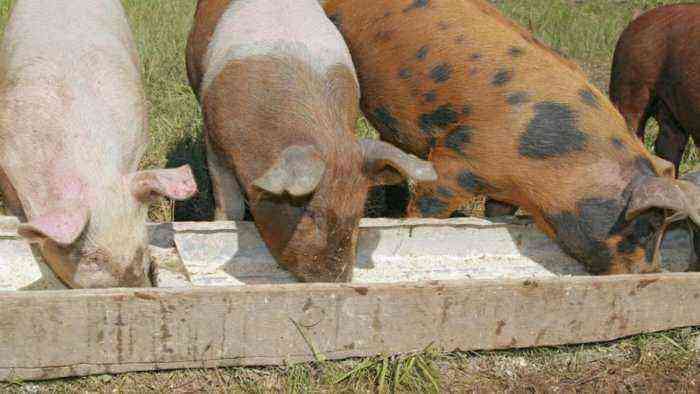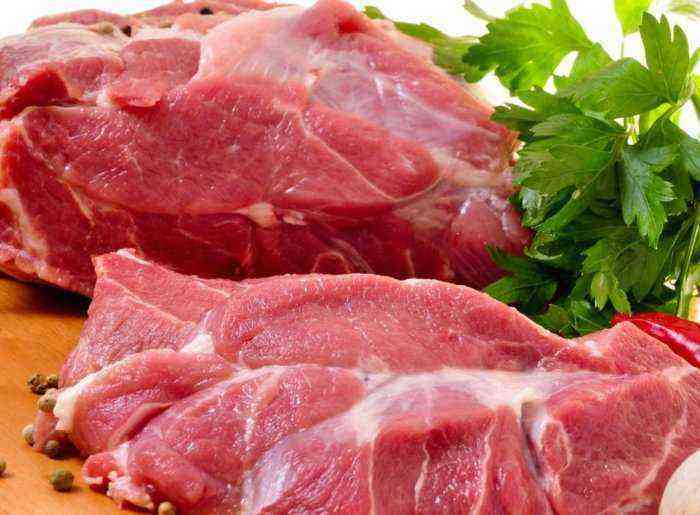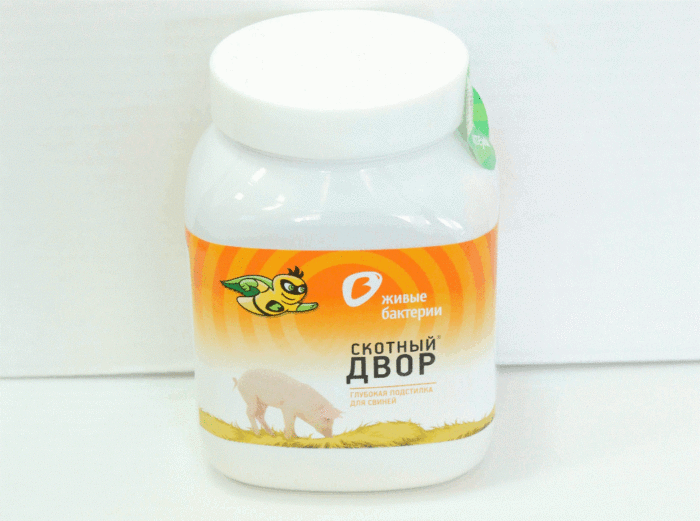Teschen disease of pigs is a dangerous viral disease that affects young animals aged 1 to 3 months of life. In the course of its development, the disease causes damage to the nervous system of animals, against which inflammation of the brain and spinal cord appears. A lethal outcome with such an invasion can be traced in 30-50% of cases.
sick pig
Causative agent
Scientists managed to identify the causative agent of Teschen’s disease not so long ago, due to the low prevalence of the disease. A special type of picornavirus was identified in the second half of the 30th century. It is a round microparticles with a diameter of not more than XNUMX nm. This family of enteroviruses, when it enters the body, immediately settles in the tissues of the nervous system, causing a violation of its functions and gradual destruction.
Due to the special structure and strong protective shell, the pathogen exhibits high resistance to external influences. In an acidic environment with a pH value of 3 to 9, the properties of the virion practically do not change. Only with an increase in the pH value to a value of 11,8 can the aggressiveness of the infection be reduced by 2 times.
The pathogen is also unaffected by various lipid solvents. Under thermal influences, the virus survives:
- 1 year – in the temperature range from 0 to 4 degrees;
- 15-17 days – when exposed to a temperature of 37 degrees;
- 15 minutes – when the value rises to 60 degrees;
- 10 minutes – with an increase in temperature to 70 degrees;
- when completely frozen, the activity of the virion persists for several years.
Attention! The pathogen can be destroyed by rapid dehydration or by exposure to ether, to which the virus is less resistant.
Sources of the virus
In general, the process of infection of pigs with Teschen’s disease has not been fully studied. But, it is known that this disease easily passes from infected individuals to healthy livestock. In the natural environment, this process is realized through the respiratory tract and the gastrointestinal tract. Accordingly, infected pigs are the main source of pathogen spread.
In the external environment from the body of the animal, the virus is excreted along with feces in the acute form of the disease. Also, virions in large quantities can be contained in the expiration of the nose and mouth in the case of a latent form of the disease. The virus enters the body of healthy piglets:

The virus enters the body of healthy piglets through the consumption of infected water.
- when consuming contaminated food and water;
- in case of crowded keeping of animals;
- in some cases, when eating feces or body parts of dead pigs;
- through pig farm workers who work with both sick and healthy animals;
- through care items and elements of the pigsty.
For a certain period of time, the pathogen actively develops in the intestines of the infected livestock. It is also often found in the kidneys, liver, and lymph nodes. Further, the infection gradually spreads to the nerve tissue. The highest concentration of virions can be traced in:
- trunks of large nerve endings;
- medulla oblongata;
- brain (rarely spinal) cord;
- cerebellum.
In the composition of the blood, the virus can be detected at the initial stage of the incubation period of the disease. With urine, the infection is most likely not excreted into the external environment.
Many researchers argue that the lethality of the disease directly depends on the individual sensitivity of the piglet to infection. If the virus is perceived by the body acutely, the animal dies. This is confirmed by the fact that even within the same age group and in the same litter, only a part of the animals die, while the rest successfully recover.
The factor accompanying the spread of the pathogen is non-compliance with the basic sanitary and hygienic standards for keeping pigs. In farms with severe unsanitary conditions, the disease occurs much more often and has a larger scale.
Symptoms and signs
The clinical picture of the disease in most cases is pronounced. After entering the body of a healthy pig, the virus undergoes an incubation period. Its exact duration has not been determined, but it is generally accepted that it lasts 8-35 days.

After the incubation, the prodromal period lasts for 1-2 days
After the incubation, the prodromal period lasts for 1-2 days. It is accompanied by an increase in temperature to 40-41,5 degrees, a decrease in activity and appetite in animals. At the end of it, the disease itself develops, the symptoms of which depend on the specific form of the disease.
Acute form
In the acute course of Teschen’s disease, all signs are pronounced. The main symptoms of this form include:
- developing lameness of one of the hind limbs, which gradually turns into their complete paralysis;
- the animal is often in the “sitting dog” position or lies on the ground, being unable to stand up on its own;
- general excitement;
- excessive sensitivity of the skin, due to which the piglet reacts extremely sharply even to ordinary stroking;
- violation of the general coordination of movements;
- appetite is maintained;
- there may be signs of vomiting;
- convulsions resulting from the shock of the animal.
Gradually, paralysis from the hind limbs spreads to the body, neck and head of the pig. After the defeat of the pharynx and respiratory centers, a complete refusal of the piglet from food and water can be traced. Breathing weakens, and the animal falls into a coma. At this time, the body temperature drops to 35 degrees.
In the acute course of the disease, death occurs within 4 days from the onset of the first symptoms. Mortality is about 90%.
Abortive (subacute) course
This form is much less common than the acute form. Clinical signs in this course are expressed slightly. Often they may be absent altogether.
The most obvious symptoms in this case include:
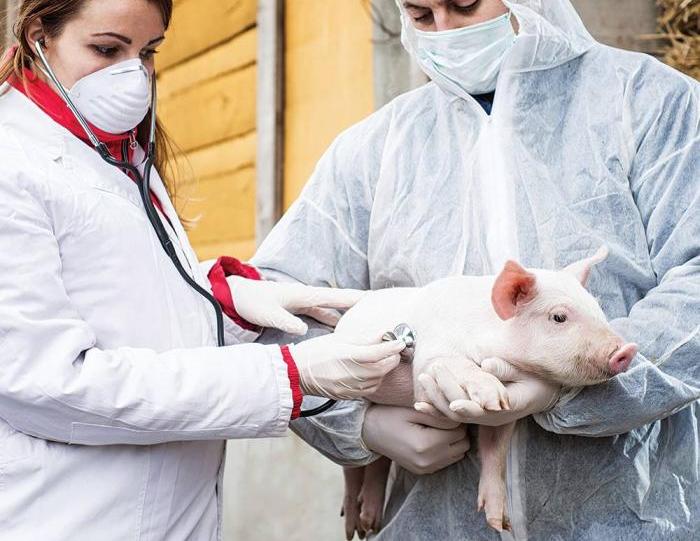
A sick pig is lame on its hind legs
- lameness on one of the hind limbs;
- lack of coordination;
- rare seizures.
Mortality in subacute manifestation is 30-50%.
Super sharp shape
With this course of the disease, death occurs within 2 days from the moment the clinical picture manifests itself. Signs can be bright or mild. As a rule, hyperacute Teschen’s disease is accompanied by general paralysis and signs of encephalitis.
chronic course
The manifestations of this form are similar in nature to the subacute course. Symptoms are mild. Most often they are all represented by mild paralysis and lameness. There is a chronic course, mainly in adult pigs. Mortality is 20% of all cases of the disease.
Tellingly, against the background of developing Teschen’s disease, other complications may appear. In particular, these are diseases of the respiratory tract.
Treatment
Important! Effective treatment of the disease begins with the correct diagnosis. For its implementation, an analysis of clinical signs is carried out, supplemented by blood tests and histological examination.
When a positive diagnosis is made for this ailment, a number of complex therapeutic measures are carried out, which are aimed at preventing the spread of infection and strengthening the body of the piglet. There are no special remedies for the treatment of the disease.
Of the proven and frequently used therapeutic measures, the following deserve special attention:
- the use of drugs containing an increased concentration of vitamin B;
- intramuscular injections of raw egg white, which is injected into the animal once a day at a dosage of 10 ml;
- intramuscular injections of vodka in a volume of 0,3 ml per kilogram of pig weight (twice a day);
- Tetravit injections, which are prescribed twice a week, 7 ml.
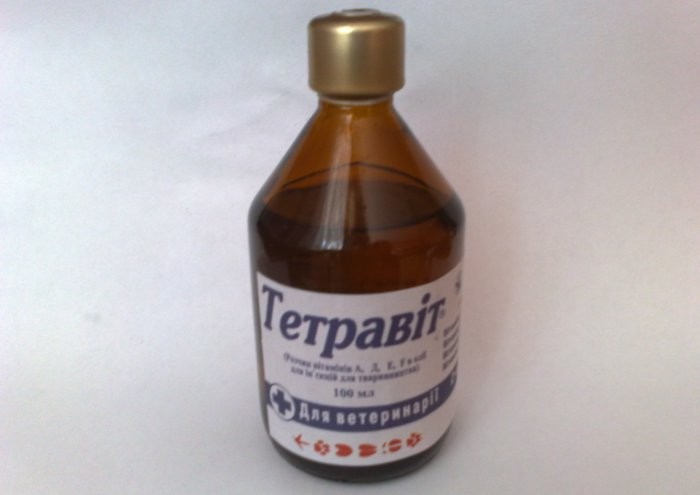
Tetravit
The general course of treatment with these drugs is 3 weeks. In approximately 90% of cases, the implemented procedures lead to the recovery of animals. In the case of the development of secondary diseases, the process of their treatment is determined by the veterinarian.
Prevention
Prevention of the disease involves three main areas:
- Compliance with veterinary and sanitary conditions for keeping animals.
- Regular immunization of the entire livestock of the farm.
- Operational limitation of the focus of a developing epidemic.
To implement the second direction, several types of inactivated vaccines have been developed. Their introduction to animals is carried out twice with an interval of 2-3 weeks. After that, 80-95% of the livestock develop immunity, the duration of which is from 6 months to 1 year.
The third direction involves the urgent slaughter of all sick and suspected pigs with the disease. At the same time, all healthy livestock are vaccinated. Also, all manure and bedding are removed from the places where dead animals are kept, carefully isolating it from other animals. The machine itself and other parts of the pigsty are disinfected with bleach or caustic soda.
Conclusion
Teschen’s disease suggests a high infectivity. At the same time, a weak study of the properties of the virus and the methods of its transmission exclude one hundred percent effectiveness of the fight against it. The situation is further complicated by the fact that young animals are extremely susceptible to infection. Therefore, it is necessary to strictly adhere to the basic rules for the prevention of infection in order to prevent the development of an epidemic.

